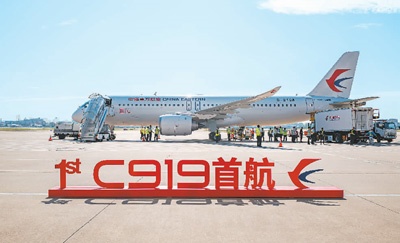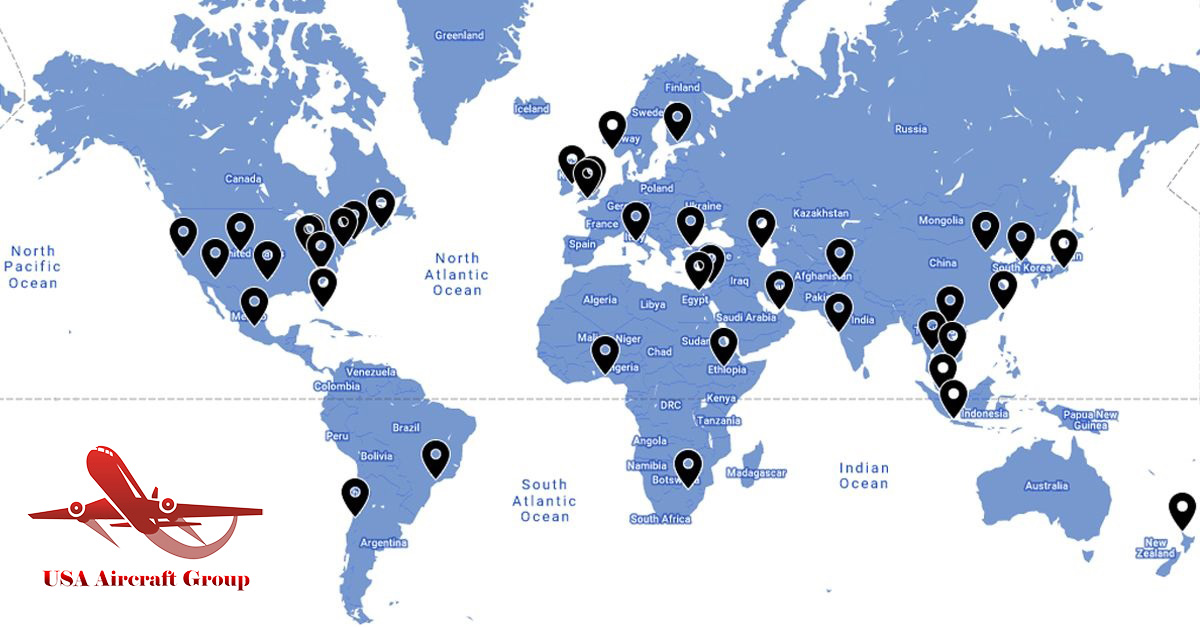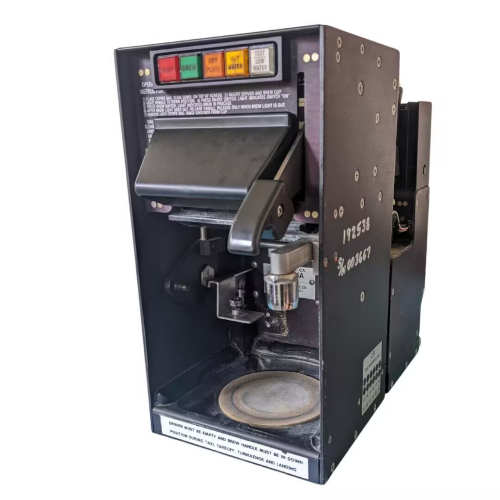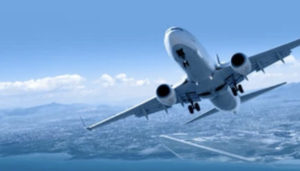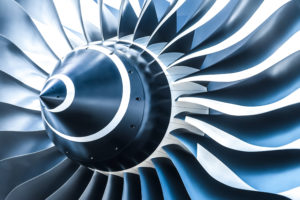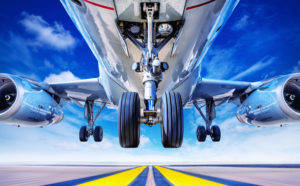Press Releases

Air traffic-USA Aircraft Group Corporation
Date: 2025/11/20
Part I: Air Traffic Control CenterThis is the "aircraft control center" that best meets the public's perception, which is responsible for directing the flight of aircraft on the route and ensuring the safety, order and efficiency of air traffic.
1. Core functions
· Monitoring and interval management: use radar, ADS-B and other technologies to monitor the position, altitude and speed of all aircraft in the control airspace in real time. The core task is to ensure that there are safe vertical, horizontal and vertical intervals between aircraft.
· Route command: direct the aircraft to fly on the established route, and provide instructions such as climbing, descending, changing the course and altitude to optimize the flow and avoid bad weather.
· Traffic management: When an airspace or airport is too busy, traffic control is carried out to avoid congestion and ensure the smoothness of the overall system through ground delay, route change, speed adjustment, etc.
· Provide information services: provide pilots with important information about weather, airspace restrictions, navigation facilities and other important information.
· Alarm and assistance: When the plane encounters a special situation (such as mechanical failure, medical emergency), start emergency procedures, assist the pilot to land first, and coordinate the rescue force.
2. Key departments and seats
In the hall of a control center, there are multiple seats with a clear division of labor:
· Radar controller: responsible for directing aircraft that have been flying on the route. There is a large radar screen in front of them, showing the real-time dynamics and data of the aircraft.
· Assistant controller/coordinator: responsible for communication and coordination with adjacent control sectors, other control centers or towers, and handling the handover of flight plans and other work.
· Chief controller: responsible for the operation management and decision-making of the whole sector or team.
· Traffic management seat: focus on macro traffic forecasting and adjustment strategies.
3. Working environment and technical system
· Control hall: a very spacious room with a large electronic screen on the wall, showing the air traffic situation map of the country or region.
· Sector-shaped subdivision: The whole airspace is divided into multiple "sectors", and each sector is in charge of a control team. Just like the lane on the ground, the division of labor management is used to improve efficiency.
· Core system:
· Radar system: primary radar, secondary radar (can identify aircraft number, altitude and other information).
· ADS-B: Broadcast automatic related monitoring, the aircraft automatically reports its exact location, which is an important supplement to radar.
· Communication system: high-frequency/very high-frequency radio, used to maintain voice communication with pilots.
· Automation system: process flight plan data, integrate with radar data, and provide decision-making support for controllers on the screen (such as conflict alarm).
Example of China: There are seven regional air traffic management bureaus (such as North China, East China, Central South China, etc.) under the Air Traffic Administration of the Civil Aviation Administration of China. Each regional air traffic control bureau is responsible for the route command in their respective regions.
---
Part II: Airline Operation Control Center
This is the "brain" and "command center" of the airline. Although it does not directly command the flight of the aircraft, it is responsible for the overall operation and management of all flights of the airline.
1. Core functions
· Flight dispatch: Before the flight takes off, the dispatcher and the captain jointly formulate a detailed flight plan, including route selection, altitude, standby landing airport, fuel calculation, etc., and sign the release form.
· Full-process monitoring: Real-time tracking and monitoring of all flights in the air of the airline to ensure that they fly as planned.
· Carrying capacity adjustment and optimization: When aircraft failure, bad weather, flow control, etc. occur, AOC needs to make decisions quickly and adjust aircraft, crew and flight plans to minimize delays and losses. For example, arrange airplanes, combine flights, arrange food and accommodation for passengers, etc.
· Coordinate resources: unify and coordinate flight, cabin, aircraft, ground service, freight and other departments.
· Emergency response: It is the command center of the airline to respond to emergencies and launch the emergency response plan.
2. Key seats and teams
AOC is usually an open hall with multiple functional seats:
· Sign and assign seats: core seats, responsible for the release and monitoring of specific flights.
· Aircraft maintenance seat: provide information on the technical status of the aircraft and arrange emergency maintenance.
· Creet management seat: monitor the pilot's flight time and duty time, ensure compliance, and allocate backup crews.
· Ground service seat: coordinate check-in, luggage loading and unloading, aircraft cleaning and refueling and other ground guarantees.
· Weather table: provide accurate route and airport weather forecast.
· Customer service seat: deal with passenger placement, visa change and other issues caused by flight changes.
· AOC manager: the ultimate decision-maker, weighing the information of all parties, and making the most efficient operational decisions.
3. Working mode
AOC operates 24 hours a day. It integrates flight tracking system, meteorological system, crew management system, maintenance system and other data through an integrated computer system to realize information sharing and collaborative decision-making.
---
Summary: The difference and connection between the two
Features Air Traffic Control Center Airline Operation Control Center
Affiliated institutions Government or military (such as Civil Aviation Administration of China, U.S. FAA) Airlines (such as China Airlines, China Eastern Airlines, China Southern Airlines AOC)
The core goal is to ensure the safety and order of air traffic, which belongs to public services. To ensure the safe, puncial and efficient operation of airline flights, which belongs to commercial operations.
Command objects, aircraft of all airlines in the airspace, the company's aircraft and resources
Work content: Direct aircraft flight, manage interval and traffic, release flights, monitor status, and allocate company resources (aircraft, crew, etc.)
Relationship Collaborative relationship. AOC submits the flight plan to the control center, and the pilot obeys the command of the controller. The two worked closely together to complete a safe flight.
To put it simply:
· The control center is like an air traffic police, which is responsible for commanding all "vehicles" on the "air road" to prevent them from collision and congestion.
· The operation control center is like the general headquarters of the airline, which is responsible for planning and monitoring every trip of the company's "convoy" to ensure the smooth completion of the task.
I hope this comprehensive introduction can help you better understand the complex and sophisticated system of "Aircraft Control Center".



